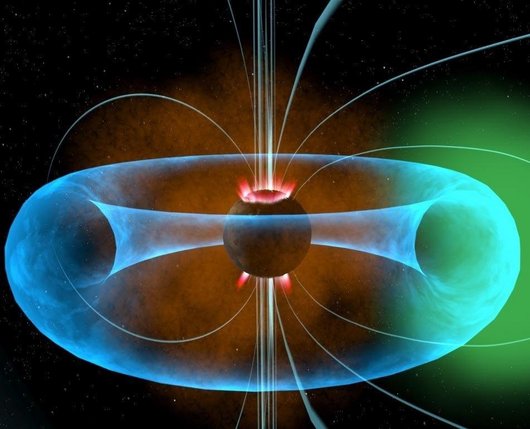MAP - MAchine learning based Plasma density model
Satellite technology and in particular GPS- or GNSS-based systems are becoming vital for our society. Plasma density structures in the near-Earth space can significantly influence the propagation of GPS signals and hence influence the accuracy of GPS navigation. Moreover, space plasmas can also damage satellites. To carefully evaluate these effects of the space environment, it is important to develop an accurate model of the plasma density based on a variety of direct and indirect measurements.
In this initial project we will demonstrate how machine learning tools can be used to produce a real-time global empirical model of the near-Earth plasma density based on a variety of measurements. The model that will be developed as a follow-up to this current project will then utilize all available data and will be used by a broad range of stakeholders for GPS navigation and satellite operations.

GFZ - Potsdam, Space Physics and Space Weather
- Prof. Yuri Shprits (PI)
- Dr. Ruggero Vasile
- Dr. Irina Zhelavskaya
- Artem Smirnov
- Karolina Kume
Deutsches Zentrum für Luft- und Raumfahrt, Institute for Solar-Terrestrial Physics (DLR Neustrelitz)
- Dr. Jens Berdermann (PI)
- Dr. Mainul Hoque
- Dr. Fabricio Prol
- Marjolijn Adolfs
Deutsches Zentrum für Luft- und Raumfahrt, Institute of Data Science (DLR Jena)
- Dr. Marucs Paradies (PI)
- Azat Nurgaliev
Arne Osterthun
